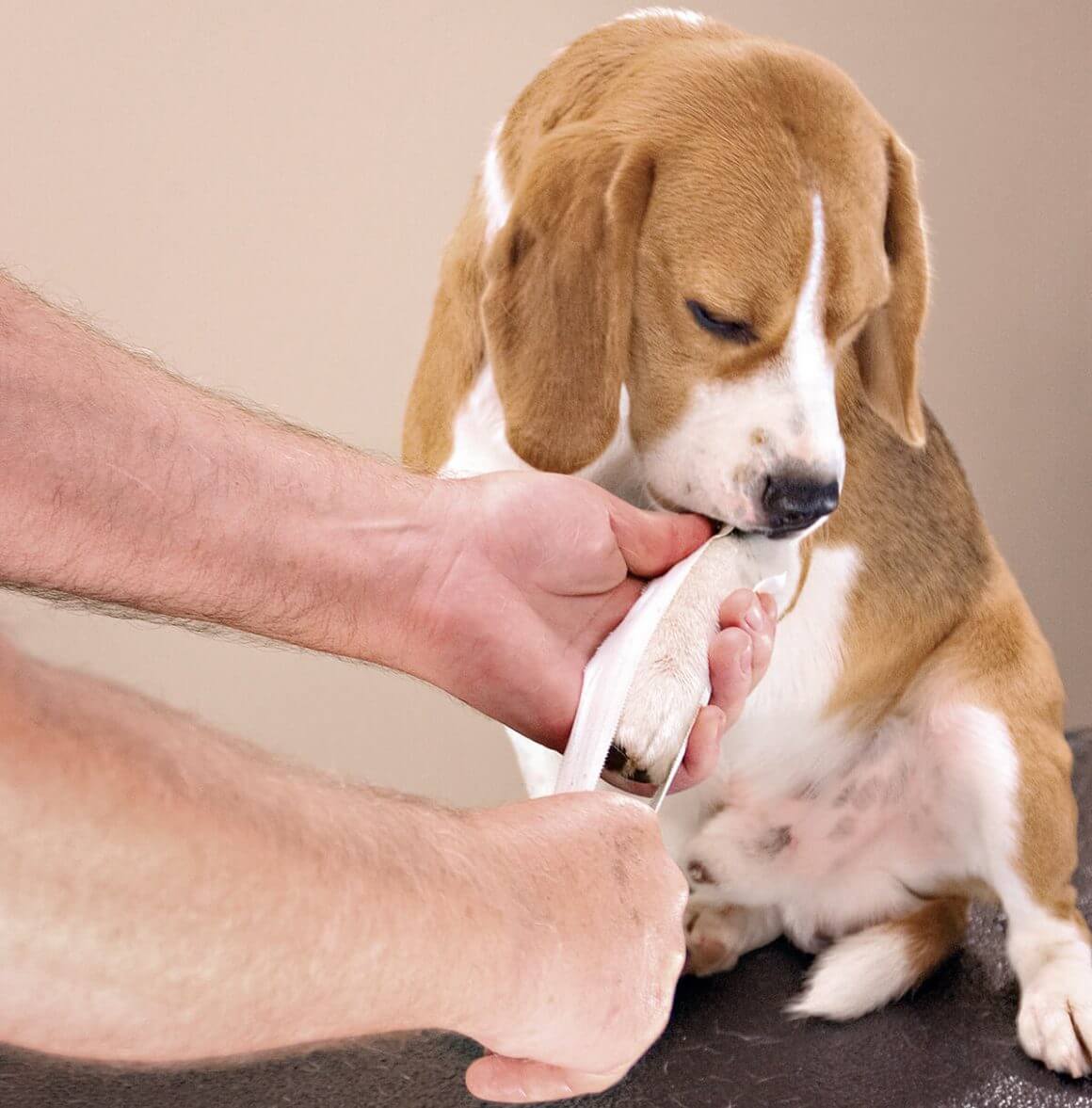By Bernadine Cruz, DVM
The best quality of life is what all pet owners want for the furry members of their families. Pain diminishes the optimal enjoyment of life, but would you know when your pet is suffering?
Sudden or acute pain is usually easy to spot: the cat that limps after jumping off the rooftop or the dog that cries out when you go to gently tousle its infected ears. Sources of acute pain include the following:
- Sprain, strain
- Broken toenails
- Blunt trauma/falls
- Fight/bite wounds
- Insect/snake bites
- Dietary indiscretion
- Urinary infections
Recognizing when a pet is experiencing chronic, long-standing pain is not always easy. A vigilant third party (e.g. a groomer, kennel owner, or staff member) can often acknowledge a pet’s discomfort before an owner can. Subtle changes can be mistaken by a pet parent as merely getting old or being “off.” Conditions that can be robbing the pet of a good health span can come on gradually and be considered the new norm to a naïve pet owner. Potential sources of chronic pain include the following:
- Osteoarthritis
- Cancer
- Dental disease
- Internal organ diseases involving the liver, kidney, pancreas, or bowel
I had a rather painful surgery a few years ago, and it made me appreciate how stoic cats and dogs truly are. I was confined to my bed and couch for a few weeks. It is not uncommon for my cat and dog patients that have undergone the same procedure to be up and around after only a few days. I don’t consider myself a “wuss,” and our pets aren’t super human. When it comes to experiencing the sensations associated with distress, dogs and cats are “wired for pain” in the same fashion that we are. Though they demonstrate their discomfort differently, they still require and deserve safe and effective pain management.
It is important to understand why our reactions and those of our canines and felines vary. It goes back to survival of the fittest. Pain can be a sign of weakness and infirmity. If an animal is not strong and robust, it may become the prey rather than the predator. Tolerating pain and working through it are survival mechanisms.
When I was in veterinary school, we were taught that “some pain” was good. A pet that was in some distress after surgery or following an injury was less likely to be too active or cause further harm to itself. At the time, there were very few medications available for the control of pain. Thankfully all of that has changed.
Research has proven that pain is very detrimental to the quality of an animal’s life as well as a deterrent to the healing process. Pain causes a cascade of chemical reactions in the body, some of which can adversely affect the immune system and ability to heal. A pet may worry an area, causing secondary damage and complications.
It is now the standard of care in veterinary medicine that all pets be given medication to mitigate discomfort before, during, and after potentially painful procedures. Safe and effective drugs are even available for use in acute pain and for long-term situations like osteoarthritis, the most common cause of pain in dogs.
But how do you know if a pet is in pain? What signs should you look for? Each pet, like each person, has different thresholds for pain. Here are some common signs:
- Reluctance to eat
- Hesitancy to go for a walk or climb stairs
- Licking or biting at a body part
- Being reclusive, not wanting to interact
- Change of attitude – being grouchy or seeking extra attention
- Favoring a leg, walking stiffly, or a change in gait
- Not wanting to be touched
- Any change in behavior that says the pet is not enjoying life
If you notice any of these signs, be sure to bring it to an owner’s attention and strongly recommend that they seek a veterinarian’s assistance. If the pet is in your care, seek professional assessment of the situation immediately.
Though we often treat pets like children, they are not human. Medications prescribed for people should never be given to a pet. Even small amounts of certain drugs can have fatal consequences in susceptible pets. Veterinarian consultations should always be sought before administering any medication not specifically prescribed for a particular pet or situation. Have questions regarding pain management? Just ask a veterinarian.
